Water Chiller Buying Guide
Water chiller is a machine that removes heat from a liquid coolant via a vapor-compression, adsorption refrigeration, or absorption refrigeration cycles. Air cooled water chiller and water cooled water chiller are eh two types of the water chiller.
Heat is a single common by-product of today's manufacturing machines that include the advanced automation technology required for both high precision and high speed operation. Components such as spindle motors, variable frequency drives, laser and x-ray sources all require cooling water to operate properly and reliably.
With manufacturing space at a premium, machine packages have become smaller and liquid cooling has emerged as the most efficient and economical means of removing process heat. Liquid cooling is especially well adapted to hot, dirty environments, where it provides a method of removing the heat from the machine and not contributing additional heat back into the environment.
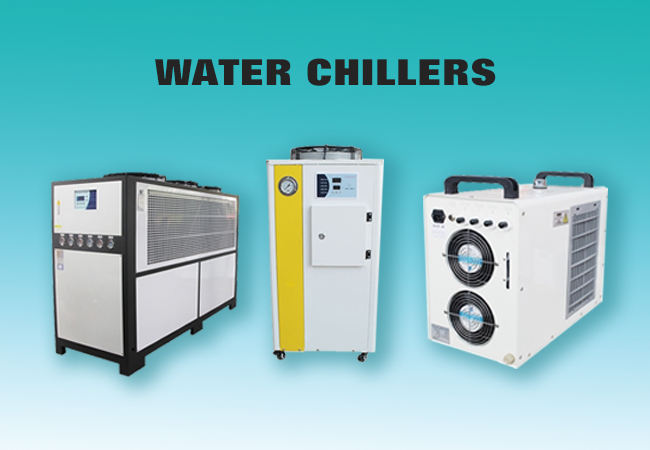
How to choose the right chiller is a problem worth our attention. Because water chillers for sale in various websites. In the following, we will tell some tips to help you buy a suitable, high quality and cheap water chiller.
Tip 1: Determine the heat load.
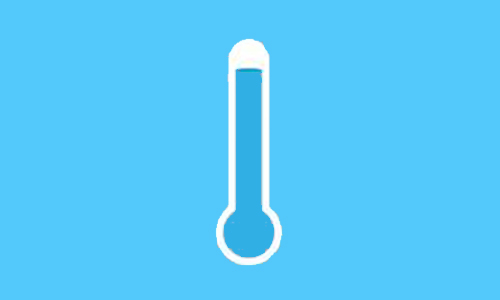
It is important to determine the heat load of your application to ensure the chosen water chiller is big enough for the intended application. There are several ways to determine the heat load but understanding the process is essential to calculating an accurate heat load.
Tip 2: Determine the coolant type, temperature & flow rate.
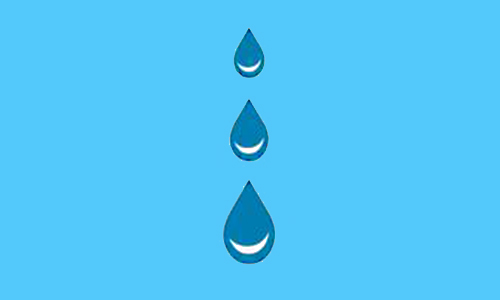
When the heat load is known, the next step is to determine the coolant. Its target temperature and the flow rate that the water chiller must provide to the process. This is determined by the method from which the heat is transferred from the process to the coolant and the type of coolant being used. For example, water has different characteristics than oil.
Tip 3: Identify installation environment.
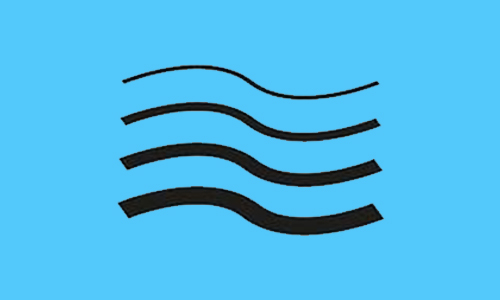
In what environment the chiller will be installed? Indoor applications of water chiller for example can see high temperatures and dirty atmospheres, while outdoor installations can experience both low and high ambient temperatures. This can effect chiller sizing and require accessories such as air filters, sump heaters, etc.
Tip 4: Use chiller performance curves.
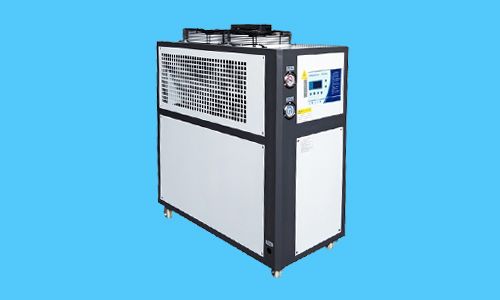
At now use the chiller performance curves available to select a air cooled water chiller model that meets or exceeds the required capacity based on the chilled water supply temperature and the highest expected ambient air temperature. Consideration should be given to the safety margin of the application with respect to available frame sizes to maximize the value of the chiller selection.
Tip 5: Check pump performance curves.
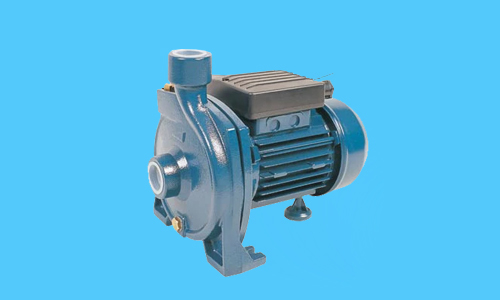
Ask to provide the pump performance curves and check them to ensure that the industrial water chiller pump will provide enough pressure at the design flow rate to satisfy the application. Some liquid cooled systems have small coolant flow paths or longer distances that can have higher than average pressure losses.
Tip 6: Final selection.

Finally, consider that the remaining application requirements such as power characteristics, control options, footprint, agency listing, color, etc. Buying a standard chiller will bring you greater reliability, easier service with common spare parts and global support. ATO water chiller is a good choice for you. We can provide various types of water chillers, such as 1 ton water chiller, 2 ton water chiller, etc.

